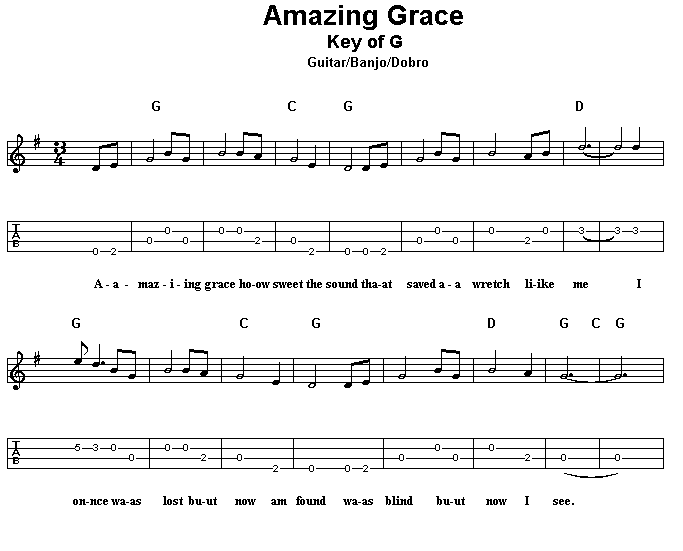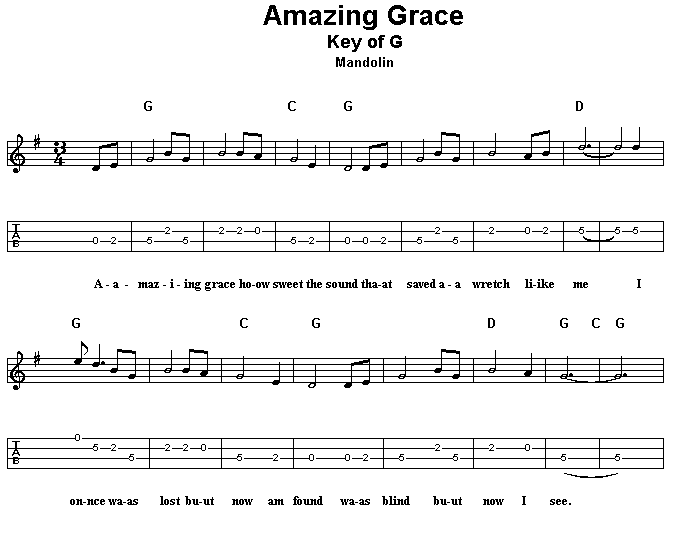
Tab uses the same indicators as sheet music does for rhythm: time signature, measures, and sometimes quarter/half/eighth notes so you need to know all that stuff just as if you were reading sheet music.
Tab is written on a music staff like sheet music. The difference is that tab only uses the spaces or the lines to indicate which string to play. My software indicates strings on a line (which makes sense because strings look like lines). Other tab shows strings as the spaces (which makes sense because it’s easier to read).
A zero means to pluck it open.
Any other number means you must fret the string at that fret and then pluck it.
It ain’t rocket science.

To start this song on a guitar, banjo, or dobro, pluck the 4th string (the D) and then fret it on the second fret and pluck it again. The third note is the next string up (the 3rd or G string) plucked open. You move on from there.
Most beginning books for stringed instruments cover reading tablature so I won’t spend a lot more time on it and will just present the songs. However, the next page is for mandolinists and will have similar helpful hints.
This song also shows the sheet music in the line above the tab. This serves two purposes:

To start this song on a mandolin pluck the 3rd string (the D) and then fret it on the second fret and pluck it again. The third note is the 5th fret. The 4th note is the 2nd fret of the next string up (the 3rd or G string). You move on from there.
Most beginning books for stringed instruments cover reading tablature so I won’t spend a lot more time on it and will just present the songs.